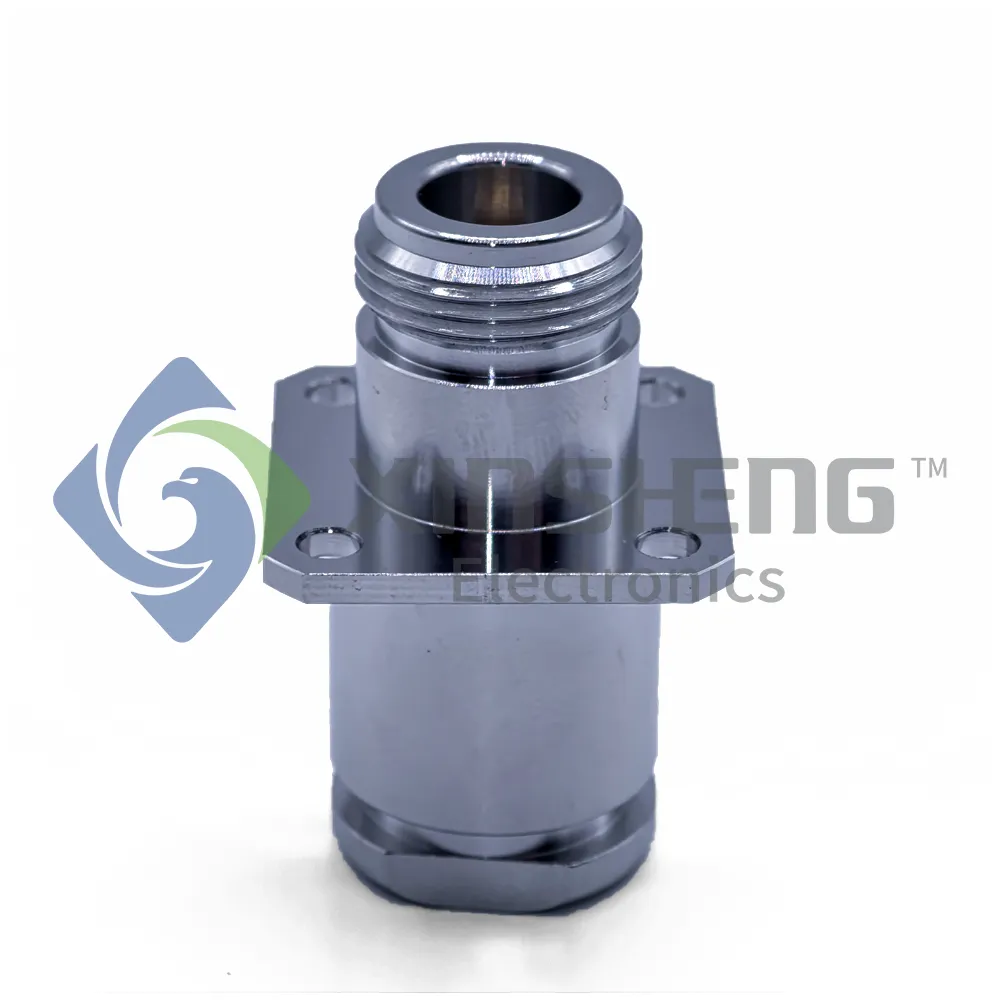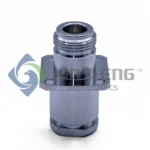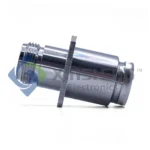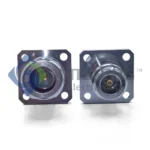The frequency range of N-type connectors typically spans from 0 to 11 GHz, with some enhanced models reaching up to 18 GHz, meeting the needs of various RF applications. During signal transmission, their high-quality materials and precise manufacturing processes result in extremely low loss, helping improve signal transmission efficiency and quality. The metal housing provides excellent electromagnetic shielding performance, effectively preventing external electromagnetic interference from affecting signal transmission. Additionally, N-type connectors can operate stably in harsh environmental conditions (such as high/low temperatures and humidity), have a long service life, and are compatible with various types of cables, including semi-rigid and flexible cables, offering broad applicability in practical use.
Due to their superior performance, N-type connectors are widely used in telecommunications infrastructure, wireless network systems, radar systems, GPS devices, satellite communications, and other scenarios. In mobile signal towers, antennas, and other equipment, N-type connectors enable seamless data transmission between devices, providing stable links to ensure communication. Common types include plugs (male, with internal threads), sockets (female, with external threads), panel-mount connectors for direct installation on devices or panels, bulkhead connectors with longer lengths for thicker panels, and right-angle connectors with a 90° bend for space-constrained scenarios. These different types meet diverse connection needs and application scenarios.





